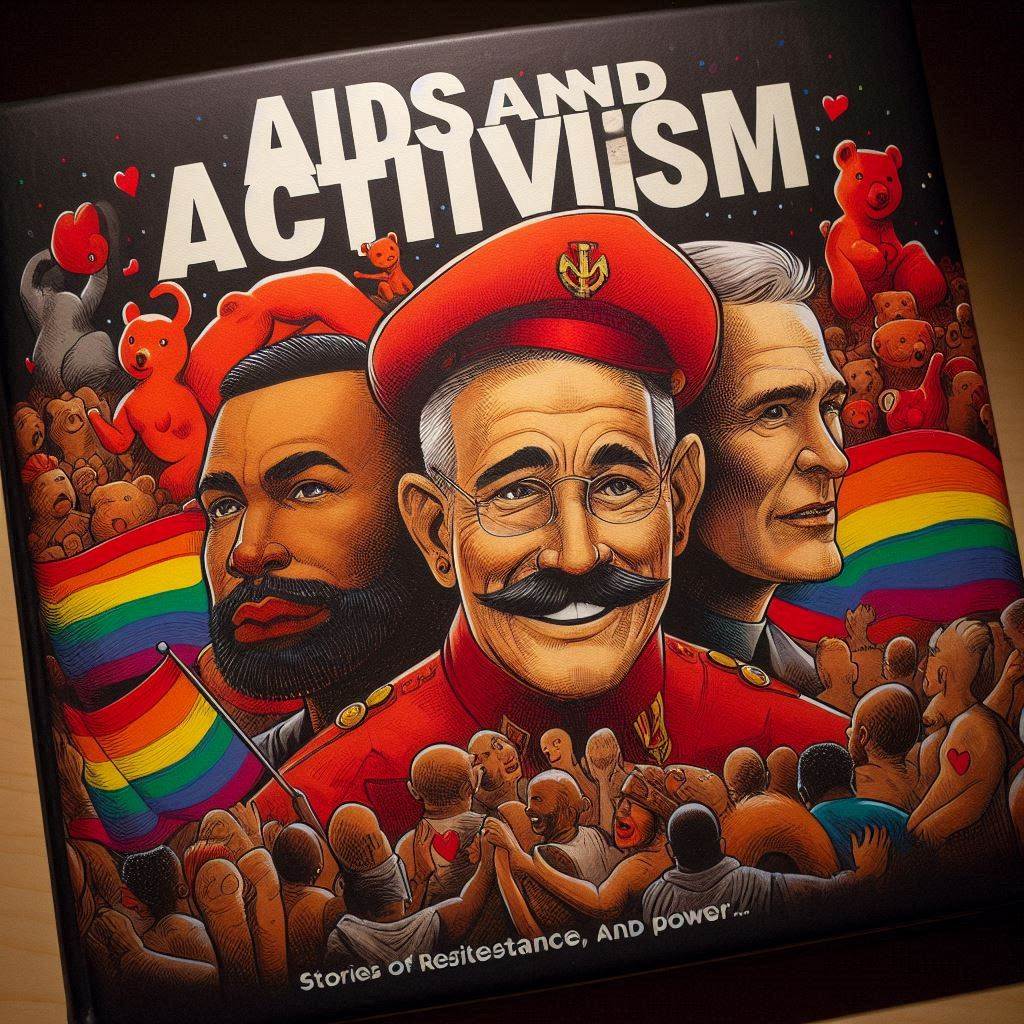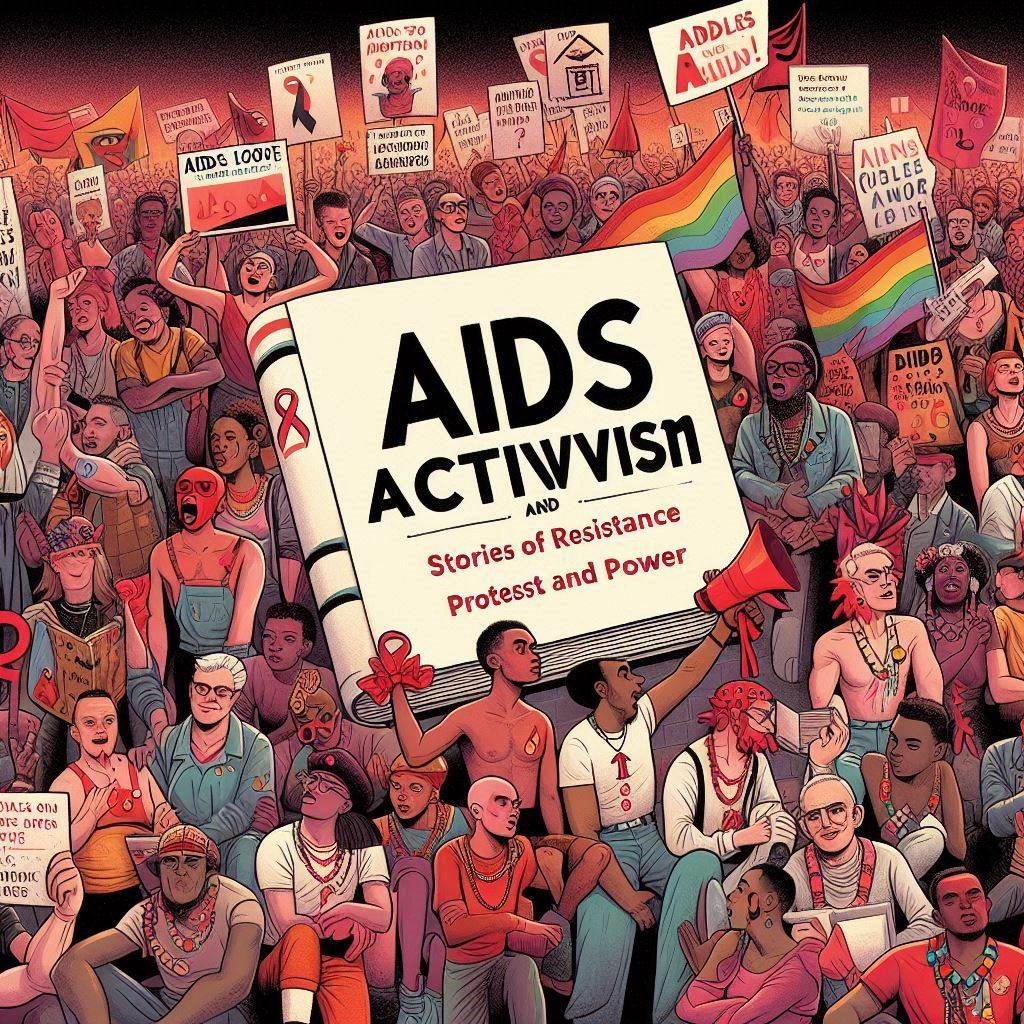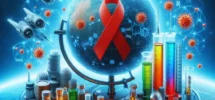When AIDS began sweeping through communities in the early 1980s, the world was unprepared—not only medically, but socially and politically. In the face of silence, denial, and discrimination, a force emerged that would forever change how the world responds to public health crises: activism.

The AIDS movement wasn’t just about demanding medicine—it was a fight for dignity, justice, and truth. And behind this fire was a simple, haunting question millions were forced to ask: where did AIDS come from, and why was the world ignoring it?
The First Wave of Resistance: Voices in the Darkness
In the beginning, AIDS was dismissed by governments, downplayed by media, and ignored by healthcare systems. Those affected—mainly gay men, drug users, sex workers, and marginalized people—found themselves isolated.
As deaths mounted and help didn’t come, communities organized. They knew they had no choice but to become the solution. The question “where did AIDS come from” became a rallying cry, not just for scientific discovery, but for political accountability.
Organizations like the Gay Men’s Health Crisis (GMHC) were formed in New York City, not only to provide care and counseling but also to demand action. Leaflets, phone trees, and support meetings became lifelines in the absence of government response.
ACT UP: Rage Turned Into Action
One of the most iconic and fearless activist groups to emerge was ACT UP (AIDS Coalition to Unleash Power), founded in 1987. Their slogan said it all: “Silence = Death.” This was not just a protest—it was a cultural explosion.
ACT UP didn’t beg politely—they stormed government buildings, shut down Wall Street, interrupted live TV broadcasts, and even scattered the ashes of AIDS victims on the White House lawn. Their anger wasn’t misplaced—it was born from the fact that, while people were dying, pharmaceutical companies and politicians delayed access to life-saving drugs.
They demanded answers to where did AIDS come from, and more importantly, why wasn’t more being done to stop it?
Thanks to ACT UP’s pressure, the U.S. FDA dramatically accelerated drug approvals, and the face of clinical trials changed forever. Activists forced the medical world to include the very people the disease affected.

Awareness Through Art and Culture
Activism wasn’t only loud protests—it was also poetry, theater, photography, and public memorials. The AIDS Memorial Quilt began in 1987 as a community project and grew into a 54-ton tapestry of love and loss, stitched together by thousands of hands.
The question where did AIDS come from was embroidered not just in medical journals, but in emotional testimony—through art that turned grief into resistance.
Street artists like Keith Haring, filmmakers like Derek Jarman, and writers like Larry Kramer became cultural warriors. Their work spread awareness, challenged stigma, and forced the public to see people with AIDS not as victims, but as fighters.
Global Activism: A Movement Without Borders
As HIV/AIDS spread beyond the United States and Europe, activism spread with it. In Africa, where millions were infected, groups like Treatment Action Campaign (TAC) in South Africa used marches, lawsuits, and public pressure to force governments to provide affordable medication.
By now, the question where did AIDS come from had a scientific answer: the virus likely jumped from chimpanzees to humans in Central Africa via SIV (Simian Immunodeficiency Virus). But activists demanded more than biological facts—they wanted economic justice, drug access, and an end to Western pharmaceutical monopolies.
The Legacy: A Blueprint for Health Justice
AIDS activism did more than confront a virus—it changed the world’s response to disease. It laid the foundation for patient rights, community-based healthcare, and inclusive medical research.
Modern movements for COVID-19, monkeypox, and hepatitis C owe a debt to AIDS activists who turned pain into purpose.
The fight was never just about where did AIDS come from—it was about where the world’s conscience had gone. Activists brought it back. With every chant, every poster, every candlelight vigil, they reminded us that health is not a privilege—it’s a human right.
The Power of the People
AIDS and activism are forever intertwined. In the face of death and denial, ordinary people became warriors. Their stories are not just history—they’re lessons.
They showed us that when governments delay and silence reigns, action must come from the streets, the hearts, and the courage of the people. And it all started with a single, urgent question:
Where did AIDS come from—and why were we so slow to care?
Activism answered not only that—but every question that came after.


